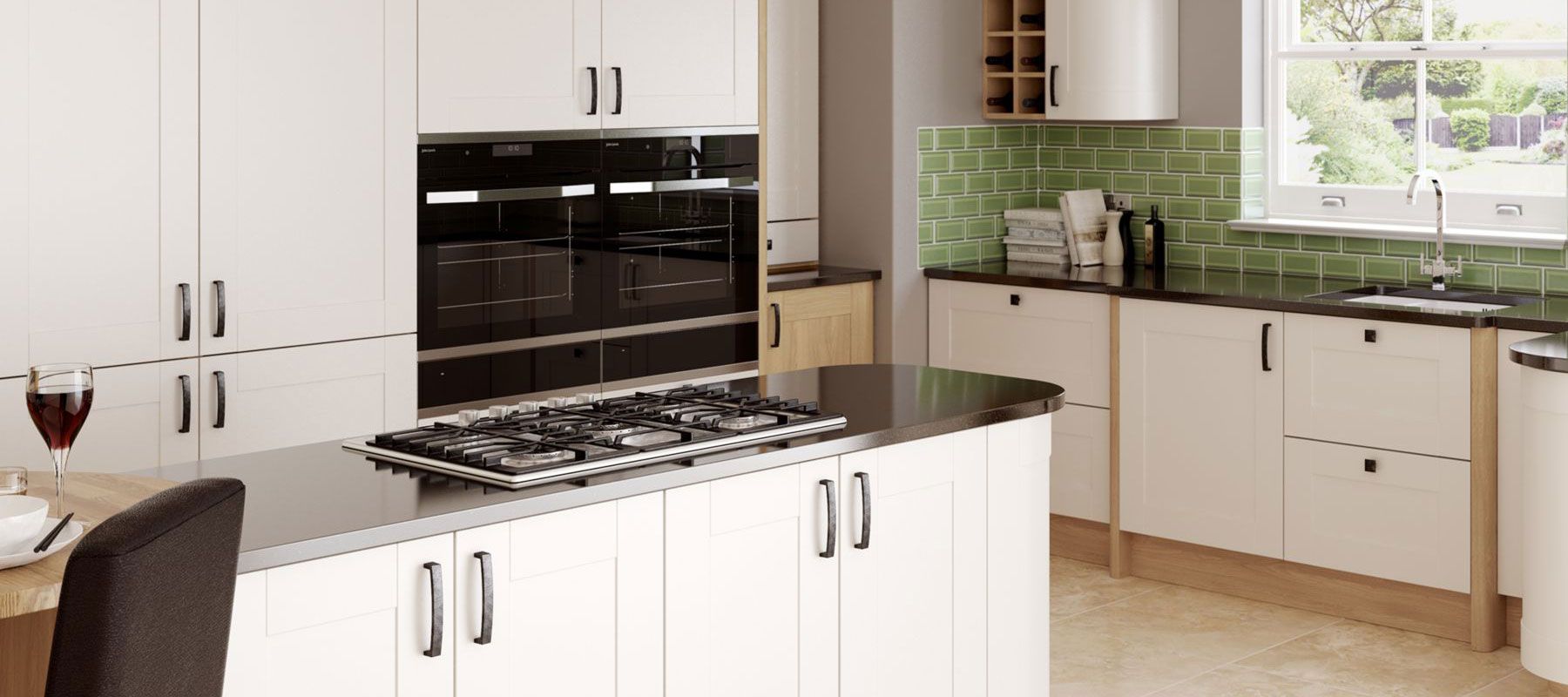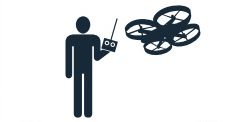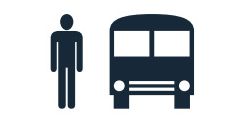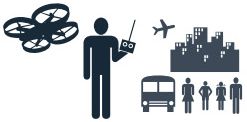
product safety - tech and electricals
Appliance safety
As part of our continuous collaboration with the charity Electrical Safety First, we've developed some simple advice to support your safety and wellbeing, minimising the risk of your appliance or home being damaged.
Always make sure that you have a working smoke alarm on each floor of your property.
As refrigeration products are in constant operation, it’s important to look after them to keep them running efficiently and smoothly, extend their lifespan and mitigate risk.
Tips for installation, use and maintenance of refrigeration appliances:
1. Regularly check your plug sockets for burn marks, evidence of arcing (buzzing or crackling), blown fuses or tripped circuit breakers.
2. Consider fitting your fuse box with an RCD (Residual Current Device). RCDs are devices that switch the electricity off automatically if there is a fault. You can also buy plug in RCDs for individual sockets.
3. All refrigeration products are subject to strict standards and rigorous testing during design and production. Only use products purchased from reputable brand and retailers, and make sure your new one shows no signs of damage.
4. Always ensure that the area you are placing the refrigerator is well ventilated and free of paper or other flammable materials. Make sure there is enough room behind the refrigerator for air to circulate freely.
5. Never block the interior or exterior ventilation openings of a refrigerator.
6. Don't connect a refrigerator to the power supply until all packaging has been removed, and take care not to trap the mains cable beneath the appliance when plugging it in.
7. Always follow the manufacturers’ instructions when installing, using and maintaining your appliance.
8. Don’t use refrigerators or freezers outdoors, or anywhere they are likely to come in to contact with the elements.
9. Don’t leave the refrigerator doors open, or place your appliance near an oven, radiators or in direct sunlight as this will result in added load for the refrigerator.
10. Defrost your fridge at least once a year to ensure that it continues to operate properly. Clean behind your fridge and freezer regularly to keep lint and dust from building up. Never use a heater to defrost the inside of the fridge.
Drones
Drones are safe, fun and can be extremely useful for commercial and personal activities. However, as with any new product group the technology, guidance and legislation affecting safe and legal usage is in constant evolution.
Following the manufacturer’s instructions and the basic safety considerations listed below will help ensure that your drone use is fun, useful and safe.
Before using
Familiarise yourself with the manufacturer’s instructions, taking special notice of any warning notices or cautions. During operation you should always follow the instructions to help ensure safe usage, including using the drone in an appropriate area with adequate space (avoiding power lines, electricity sub-stations, etc.
Charge safely
Most drones come supplied with rechargeable lithium polymer (LiPo) batteries and a battery charger that connects to a standard USB port.
- Always ensure you use the supplied charger, or recommended by the manufacturer, as the correct charging voltage and current is critical for safety
- If you have spare battery packs you should also make sure that they are of the same type and rating as supplied with the drone – if in any doubt, check directly with the manufacturer
- Don’t use mains plug-in charger that does not have the UK style 3-pins
Store correctly
Store your drone and associated battery packs in the way recommended by the manufacturer, and make sure that the storage area is dry and not susceptible extremes of temperature – storing inside your house rather than in a shed or outside storage area is preferable, particularly in winter.
Always remember

You're responsible
You are legally responsible for the safe conduct of each flight.
Take time to understand the rules - failure to comply could lead to a criminal prosecution.

Keep your distance
It's illegal to fly your unmanned aircraft over congested areas, meaning streets, towns and cities.
Stay well clear of airports and airfields too.

Check for damage
Before each flight check that your unmanned aircraft is not damaged, and that all components are working in accordance with the supplier's user manual.

Keep your distance 50 metres
Don't fly your unmanned aircraft within 50m of a person, vehicle, building or structure, or overhead of groups of people at any height.

Drone is in sight at all times
You must keep the unmanned aircraft within your sight at all times.

Consider rights of privacy
Think about what you do with any images you obtain as you may breach privacy laws. Details are available from the Information Commissioner's Office.

YOU are responsible for avoiding collisions
You are responsible for avoiding collisions with other people or objects - including aircraft.
Do not fly your unmaned aircraft in anyway that could endanger people or property.

Permission to use drones for paid work
Before each flight check that your unmanned aircraft is not damaged, and that all components are working in accordance with the Suppliers User Manual.
Connected devices safety
Read the guide we have developed with Electrical Safety First, the UK's electrical safety experts and find out about using smart technology at home.
